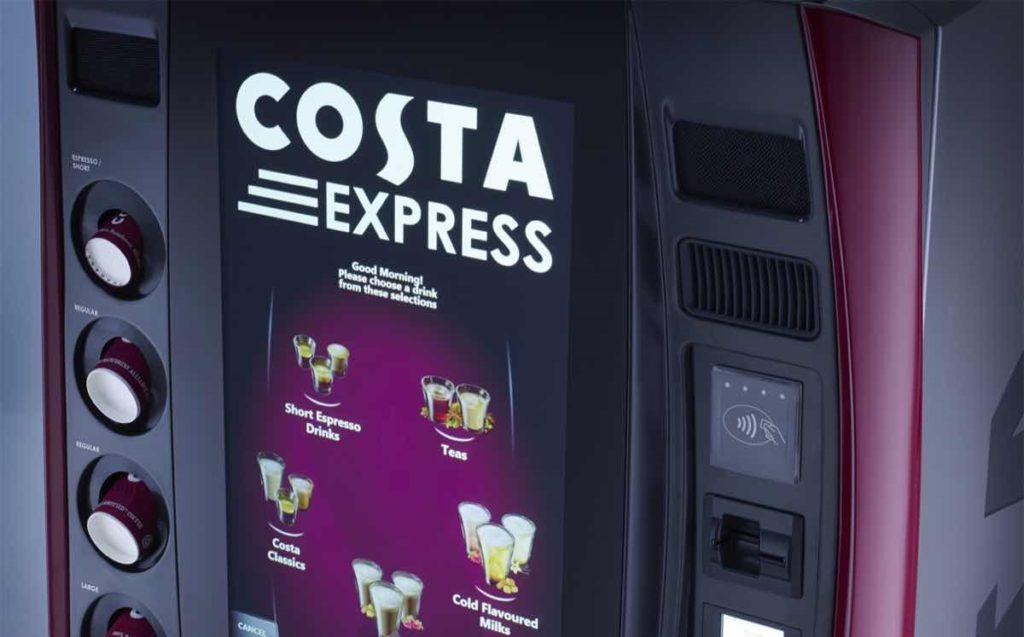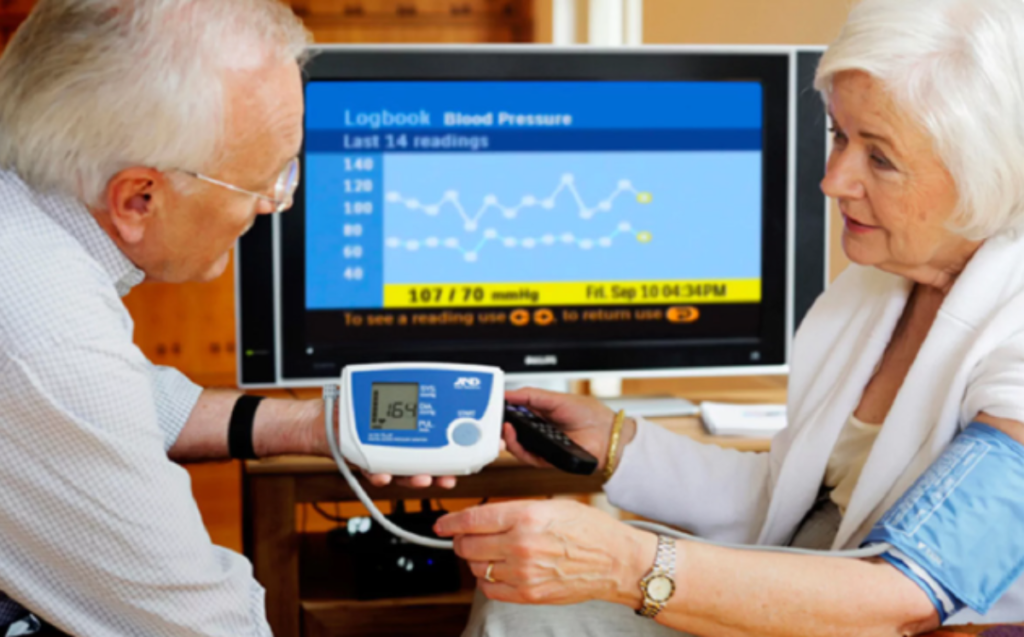Blogs
10 November 2022
Reading Time: 6 mins
Blogs
10 November 2022
Reading Time: 6 mins

James Jarvis
Service Delivery Director
LinkedInIoT is about to change the way a lot of major industries do business.
Within the next five years, companies that don’t take advantage of IoT will be at a severe disadvantage.
IoT is important because it helps you do three things:
Below, we’ll discuss the three main benefits of IoT, share use cases demonstrating IoT’s effectiveness, and show you why IoT should factor into your plans for digital transformation.
The biggest and most obvious reason customers deploy IoT is to make money faster and easier.
But how do you bring more money in the door?
By adding additional products, services, and features to your current set.
So, let’s delve into the specifics of how IoT helps you make more money without adding to your workload.
You may already have a product or service out in the market that your customers enjoy and love.
With the integration of IoT, companies can heighten the value of their merchandise by increasing what customers can do with their products.
You already have an established product. You are just looking to add additional features and capabilities to that product to increase its perceived value in the eyes of the customer.
Everyone loves to think they know their customers down to the very last detail in how they use a company’s products. But in a lot of cases, a customer’s habits aren’t easy to discover.
So, some companies have chosen to install tracking hardware within their products so that they are able to understand how customers are using their products.
When you understand how your customer uses your product and what they enjoy most about it, you can use that information to continue adding value to that product.
Subscription services are a great way to heighten recurring revenue.
Rather than just selling your customer a one-time product, leverage technology to create ongoing services.
If your customers see value in continuing a relationship with your company via subscription, they’ll engage with you on a regular basis. Not only will this increase recurring revenue, but it will also strengthen your relationships with your customers.

Costa Coffee wasn’t the first company to sell coffee with smart-serve vending machines.
But they knew they had an amazing product that they wanted to take to the next level.
Costa increased the value of their product by bringing it from something you had to get a barista to make to almost instant access to coffee through a vending machine. “A barista without the beard!”
The Costa Express machines rely on a ubiquitous connection so that machine and sales data can be made transparently accessible, and intelligent condition monitoring and alerts are communicated instantly.
Costa uses the customer data to discover what people liked, how many drinks were sold, and how to improve its process.
By using IoT, Costa was able to take its existing product, create a new model for it, and make more money doing so with just 1m2 of floor space.
Now that you know how IoT can help you make money, let’s explore the other side of the coin: saving money.
IoT can help you whittle down your expenses and spend your resources better.
Here’s how to spend less while making more.
Losing any amount of product has a material impact on your bottom line.
When it comes to troubleshooting these problems, you don’t have to look through every stage of the process manually to find the leaks.
Instead, let IoT do the work for you.
IoT offers a more granular view of your process, which will help you pinpoint where you’re losing your product.
That way, you can be confident that your product is moving from point A to point B in the most efficient manner.
If you know where your weak links are, it’s easier to find and prevent problems from occurring.
IoT-enabled predictive maintenance uses sensors to track key performance indicators for your products and processes.
This will provide enough data so that you will eventually be able to predict failure before it happens and reduce maintenance problems.
Having performance data at your fingertips at all times helps you be proactive instead of reactive.
This not only gives your customers peace of mind knowing their products will last, but it also offers you added value and insight to see how your products perform in everyday life.
One of the main pros of IoT is the fact that you’re now able to manage products and even influence their behaviour without having to physically touch any of the devices.
You don’t need the product in your hand to be able to manage, troubleshoot, or even fix it.
This means you don’t have to send people into potentially dangerous situations to fix a faulty product. This is particularly beneficial for the manufacturing industry as industrial applications can be managed risk-free.
You can also perform updates remotely instead of in person, which saves time and money.

Ovarro is a water technology company that uses water loggers to measure flow rates, track water usage, and identify leaks across water networks.
Being able to identify any irregularities in water usage lets users know ahead of time that there is a leak in the system or there is something abnormal going wrong.
Ovarro was able to leverage IoT to help them monitor that data constantly and notify customers before they get an enormous water bill, saving them and their customers’ money.
This final category is the one that surprises customers the most because it’s something they don’t think about.
But when you’re working in an environment with a lot of regulation, rules and regulations are constantly changing.
IoT helps customers follow changing expectations so they can stay abreast of the latest developments.
Let’s say an important regulation changed and you needed to make changes to your devices or processes immediately.
Instead of changing them all individually, with IoT, you can implement that change instantaneously.
As different regulations and compliance demands change, you can update devices and functions over-the-air without having to touch each and every device.
Being able to move nimbly and make these changes is driving down the management cost of many industries.
If your industry deals with a lot of different devices, remote monitoring is the way to go.
It removes the need for constant manual check-ups and allows you to track how each device is behaving without going anywhere.
This is especially important for larger companies that control lots of different devices. Using a single IoT connectivity management platform, you can view your entire IoT estate from a single view.
Regulatory or compliance laws can change from one country to the next.
So, if your product is moving across country lines, that product needs to be aware enough in and of itself to behave differently based upon which country or region it’s in.
By leveraging the GPS technologies and other sensors that can be put into an IoT product, you’re able to change behaviour based on the geographical location of a particular product.
And as encryption standards and other security requirements change over time, you can leverage IoT to update software and keep your devices up to date on those regulations.
The healthcare industry has accelerated digital transformation, especially since the pandemic crisis.
IoT is just one technology that is helping to improve healthcare delivery, quality of input information and patient care.
Motiva by Philips Healthcare is an interactive Telehealth platform designed to help people manage chronic conditions. As data is sent directly to their healthcare provider, both patients and staff have greater flexibility and accuracy in managing their conditions, reducing demand on local health services.
The Philips Motiva provides reliable remote patient care courtesy of reliable cellular connectivity. The healthcare industry is heavily regulated and protecting patient data is high on the agenda. Using IoT, Philips can extend security policy to the edge and administer software updates for the Motiva over-the-air to maintain compliance and regulatory standards.
By working with Eseye’s support engineers, Philips Healthcare optimised its data protocols within its application and reduced costs by 25%.

Our experience in this field has taught us one thing: stay laser-focused on one area.
If you want to ensure that you’re getting an effective return on your investment, stick to improving one area of your process at a time.

James Jarvis
Service Delivery Director
LinkedInJames has over 18 years of experience providing global customer-centric service desk and delivery services, for OSS/BSS applications within Tier 1 Mobile Network Operators.
Before joining Eseye, James successfully built and implemented an Operational support function for Telefonica Mexico with teams based in Mexico City.
Since joining Eseye, James has grown and developed the Eseye support teams, his clear mandate to deliver customer-centric services to support customers IoT device growth, leveraging from the Eseye technology.
Demand the best IoT partner for your project. Find out why global leaders onboard our technical expertise, from device design to development.